Most parties off the digital radar
Only 35% of political parties have working websites, FAFEN finds
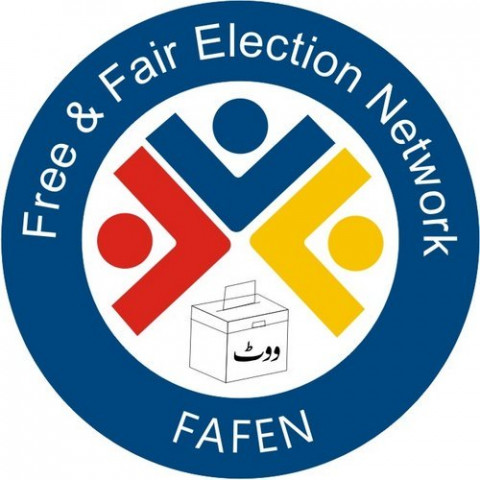
Despite increasing digital engagement in Pakistan, nearly two-thirds of the country's political parties lack a fully functional website, revealed a report by the Free and Fair Election Network (FAFEN) on Sunday.
Titled "Assessing Web Presence of Political Parties in Pakistan", the report found that only 35 per cent or 58 out of 166 registered political parties maintain fully or partially operational websites.
Even among the 20 parties currently represented in the parliament and provincial assemblies, just 14 (70 per cent) have functional websites.
The web presence is a prerequisite for compliance within the overall purview of Section 208(4) of the Elections Act, 2017, which mandates political parties to publish updated lists of their central office bearers and executive committee members on their websites.
Among those parties with functioning websites, only 40 parties (69 per cent) comply with the legal requirement of publishing a list of central office bearers on the website, and just six (ten per cent) with publishing the names of their executive committee members.
While many parties maintain active social media profiles, they cannot serve as a substitute for an official website. The short-lived and algorithm-driven nature of social media feeds makes them less suited for hosting structured and accessible information.
FAFEN's assessment of political parties' websites found that those with parliamentary representation generally offer more content-rich digital platforms compared to other parties.
Among them, JI leads by providing on its website 18 out of 30 distinct types of information that FAFEN examined. It is followed by PTI with a score of 15.
However, its website is currently blocked in Pakistan and can only be accessed through a VPN.
The website of PPPP scored 12; PML-N 11; ANP nine; Haq Do Tehreek Balochistan (HDT) and MQM-P eight each; SIC and PkMAP seven each; TLP and JUI-P six each; MWM five; BAP four; and PML-Q one.
Among the parties without parliamentary representation, the highest score was 13, which was achieved by Pakistan Tehreek Shadbad (PTS).
Thematically, most websites were more forthcoming in sharing contact information and general organisational details, while financial transparency remained the most under-reported area.
The most consistently shared content was the aims and objectives of political parties, featured on 88 per cent of websites. Section 201(1)(a) of the Elections Act, 2017 mandates the political parties to include this information in the party constitution.
Contact details for at least one party office were present on 83 per cent of sites, while 79 per cent linked to official social media handles.
The list of central office bearers (Section 208(4)) was available on 69 per cent of the websites, although it was not always clear whether these reflected the most recent intra-party election results. Similarly, membership procedures (Section 203) were outlined on 69 per cent of sites.
The availability of foundational documents, campaign material, and financial disclosures varied considerably. Only 38 per cent of parties shared their constitutions on websites, albeit with little to no information about any recent amendments.
Moreover, while 62 per cent posted at least one general election (GE) manifesto, only 12 per cent uploaded their latest manifesto clearly mentioning their electoral promises for GE-2024.
Notably, just one party published its consolidated financial statement, which is required to be submitted to the ECP annually under Section 210(1) of the Elections Act, 2017. Moreover, FAFEN found the statements of assets and liabilities of party office bearers on only one website.


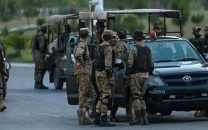

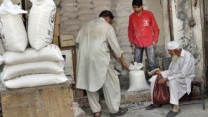
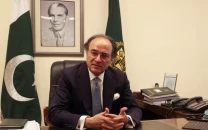
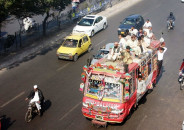


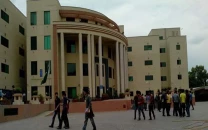

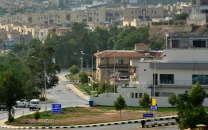
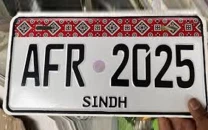





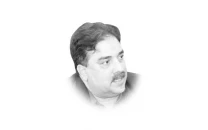
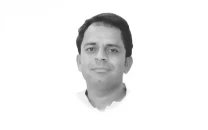
COMMENTS
Comments are moderated and generally will be posted if they are on-topic and not abusive.
For more information, please see our Comments FAQ